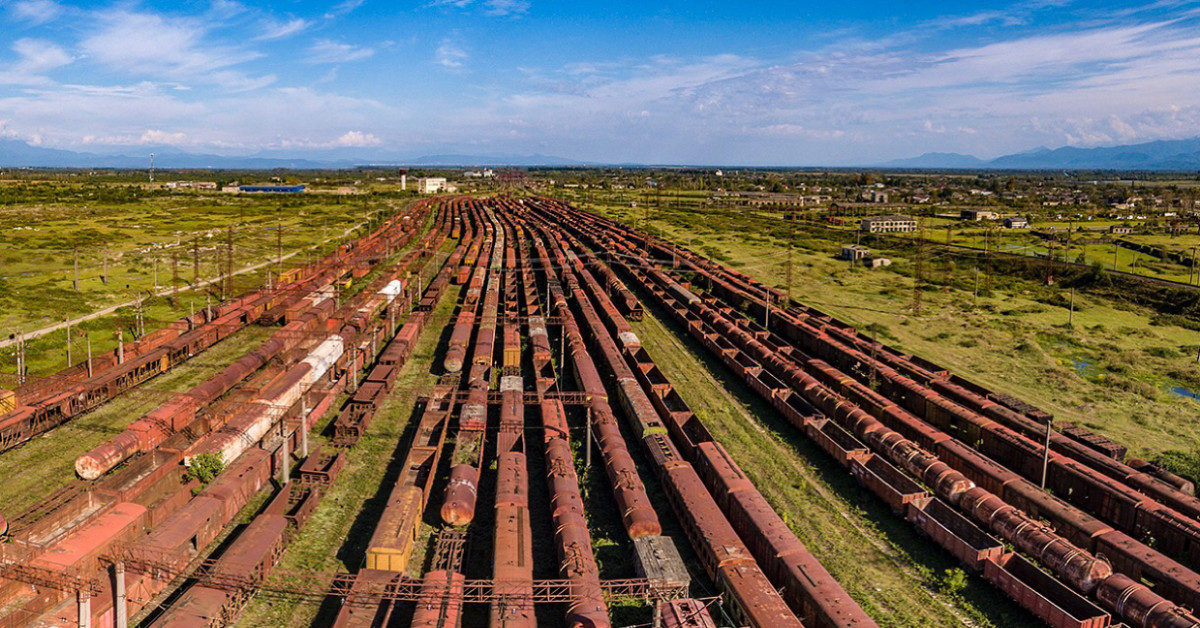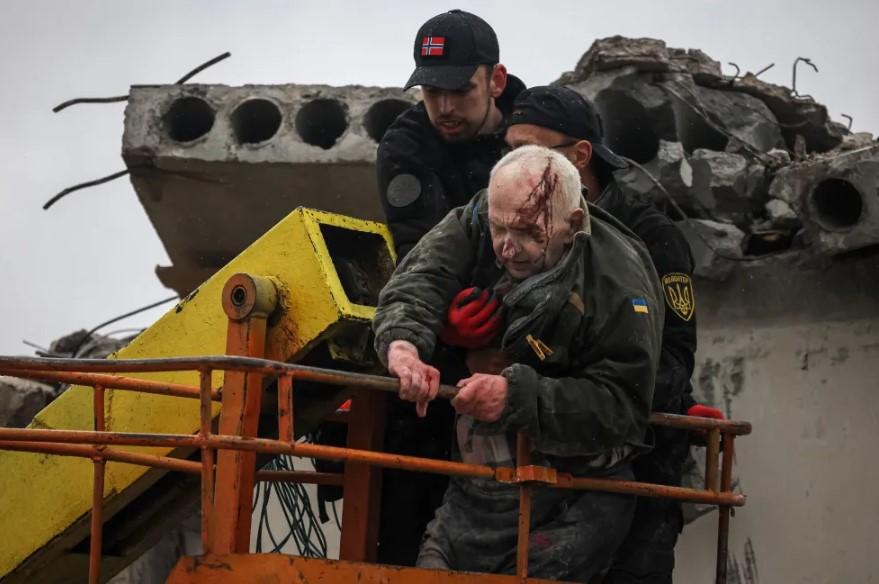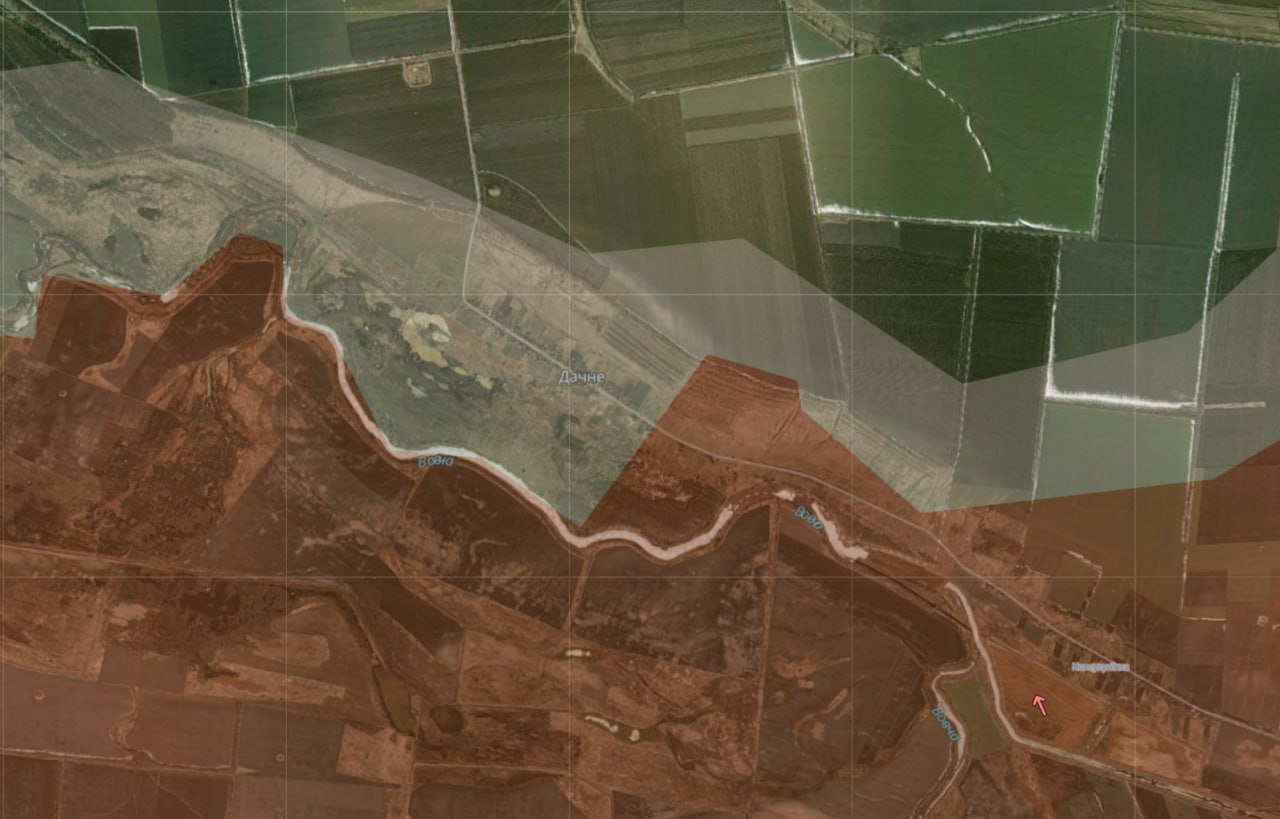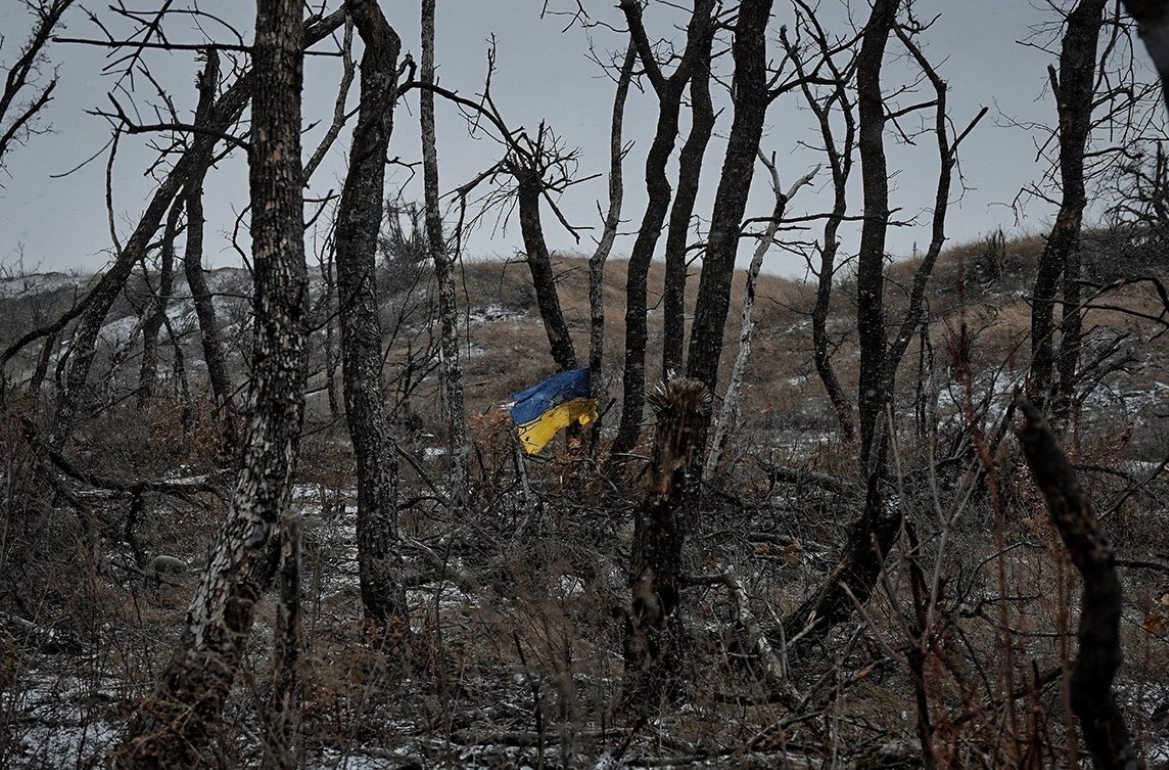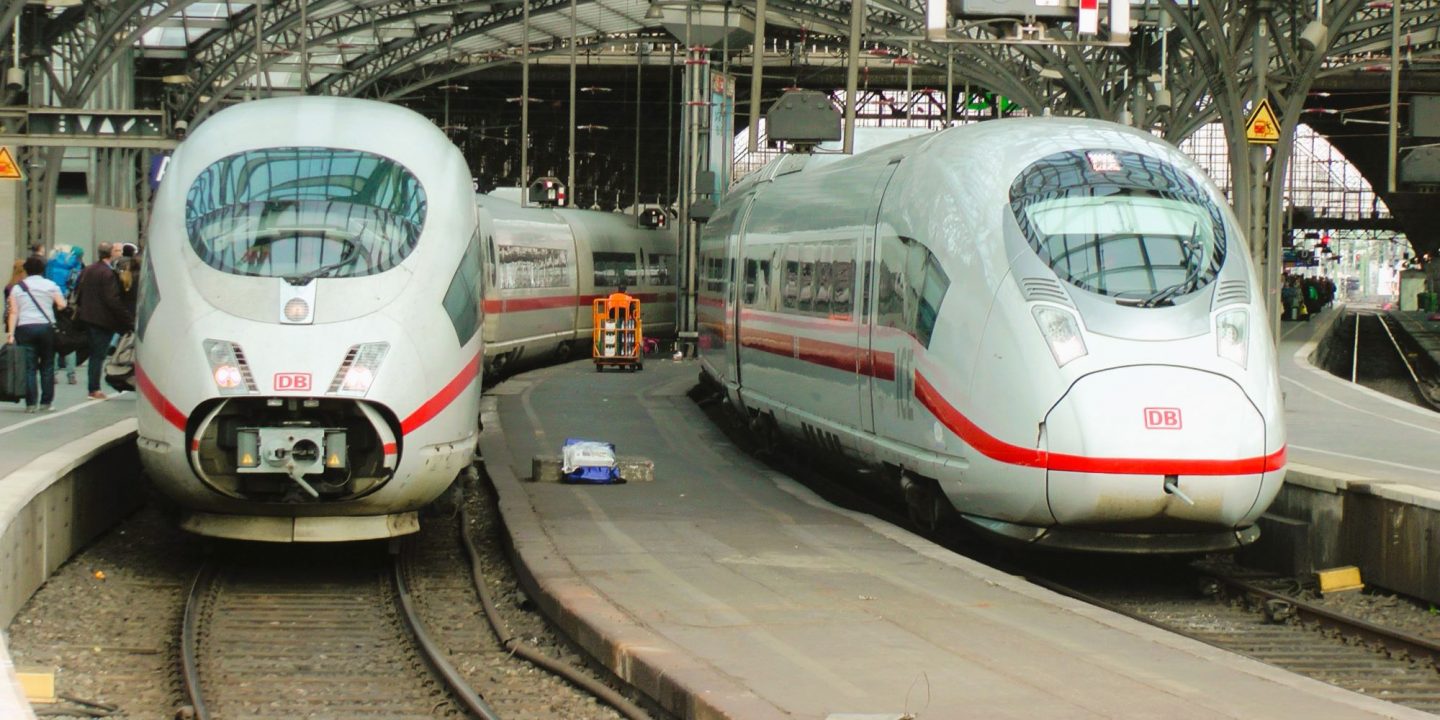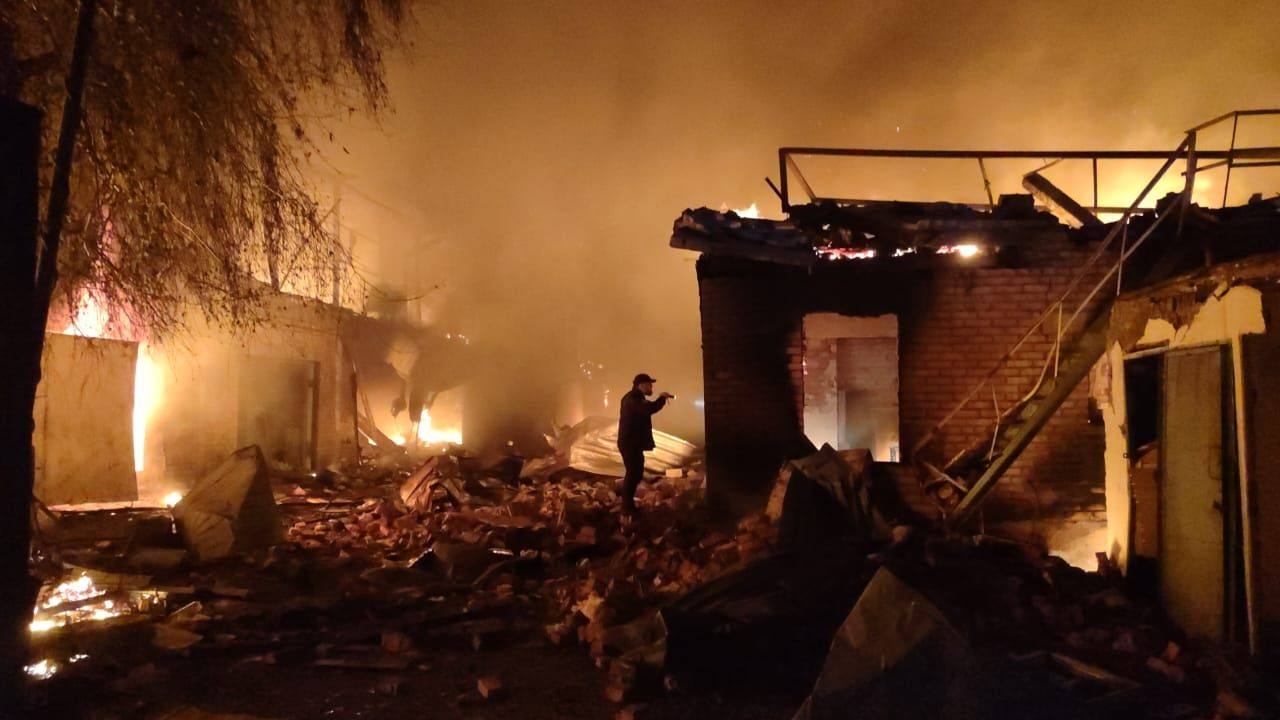An OSINT researcher, Chris O’Wiki, prepared a detailed report on the crisis facing Russian rail transport.
Key points:
The number of idle railcars has reached 300,000 units, highlighting a severe shortage of workers and locomotives.
Some Russian Railways (RZD) departments are staffed at only 40% of their positions.
Despite these challenges, rail remains Russia’s primary freight transport mode, carrying 47% of all cargo (and 87% if oil and gas pipeline transport is excluded).
Train traffic intensity has dropped by 8% in 2024 compared to 2021, with the decline accelerating this year.
Freight volumes have decreased for 20 consecutive months, with a 7% drop in the first five months of this year alone.
The hardest-hit cargo sectors are raw materials and sanctioned imported goods.
Declines are even observed in sectors that grew during the full-scale war, such as agricultural products.
Military freight (officially categorized as “other goods, including containers”) has increased since 2022 but nowhere near enough to offset losses in civilian freight.
Rising rail freight tariffs have pushed some companies to switch to road transport.
Staffing shortages lead to the cancellation of about 200 train trips per day. Current estimates show RZD lacks 2,500 locomotive engineers and 3,000 other crew members, mainly due to low wages.
In the first four months of this year, production of electric locomotives fell by 13%, and diesel locomotives by 6%, despite Putin’s direct orders to increase locomotive output.
Investment funds are often misappropriated or misused—for example, a new RZD skyscraper headquarters consumed one-eighth of the company’s annual budget.
Even if the war freezes and sanctions are lifted, the Russian railway industry is expected to continue its crisis and may be forced to sell off some of its assets.









